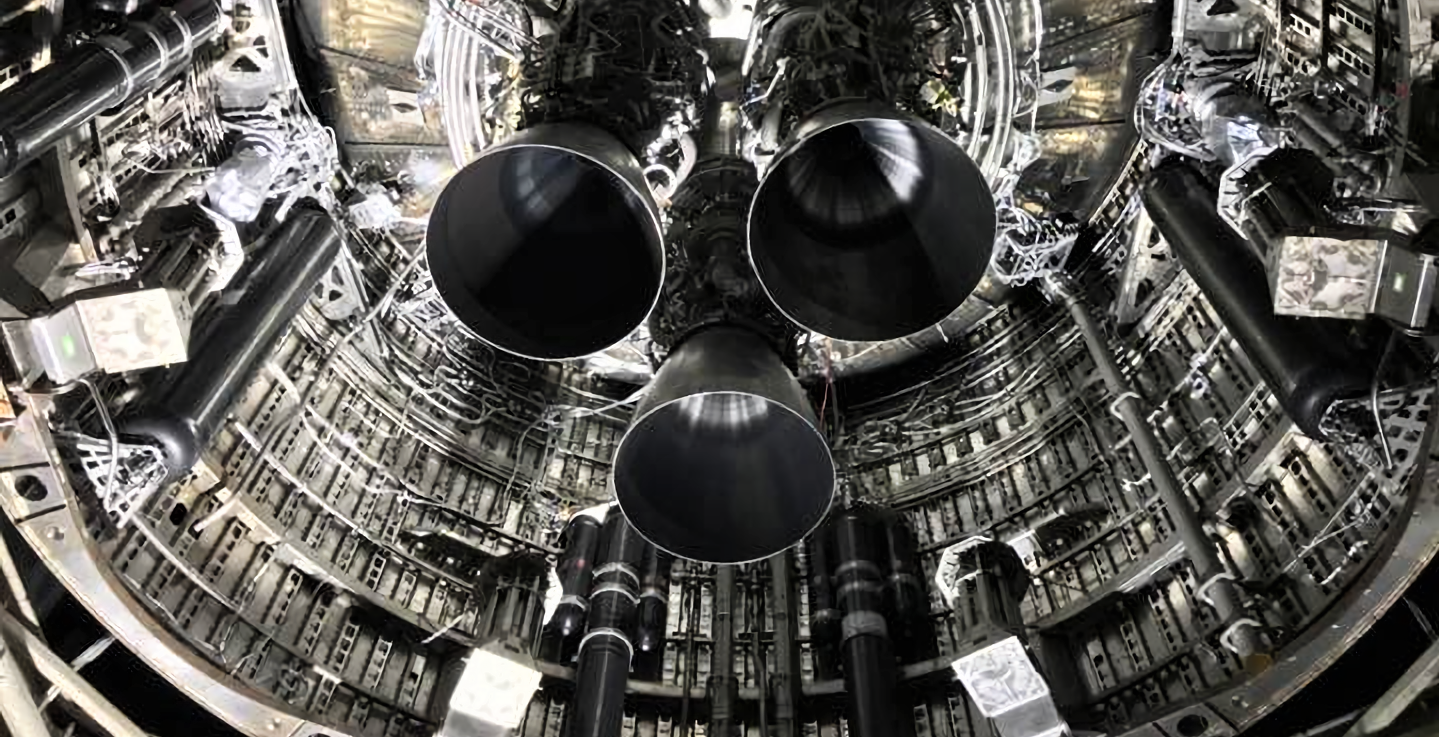
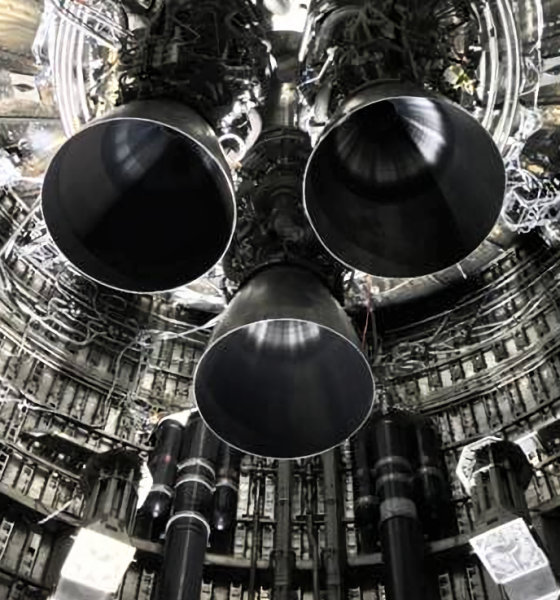
News
SpaceX schedules Starship’s first triple-Raptor static fire test
A photo posted by CEO Elon Musk confirms that SpaceX has successfully installed three functional Raptors on Starship SN8 just hours before road closure notices revealed the company’s first triple-engine static fire schedule.
Technically, it’s incorrect to say that Starship serial number 8 (SN8) is the first prototype to receive three Raptor engines. Back in late-September 2019, in the lead-up to Musk’s promised Starship update event, the company installed three Raptors on the first full-scale prototype, known as Starship Mk1. The engines were only installed as an apparent fit test or even a photo opportunity, however – evidenced by the fact that they weren’t actually plumbed to the Starship’s propellant tanks.
Even then, in September 2019, Starship Mk1 was far from ready to make use of Raptor engines and was more than a month away from attempting its first pressure and cryogenic proof tests – tests it quickly failed. As such, Starship SN8 – having more or less successfully passed its ‘cryo proof’ by October 9th – is undoubtedly the first ship to have a shot at igniting multiple Raptor engines at once.
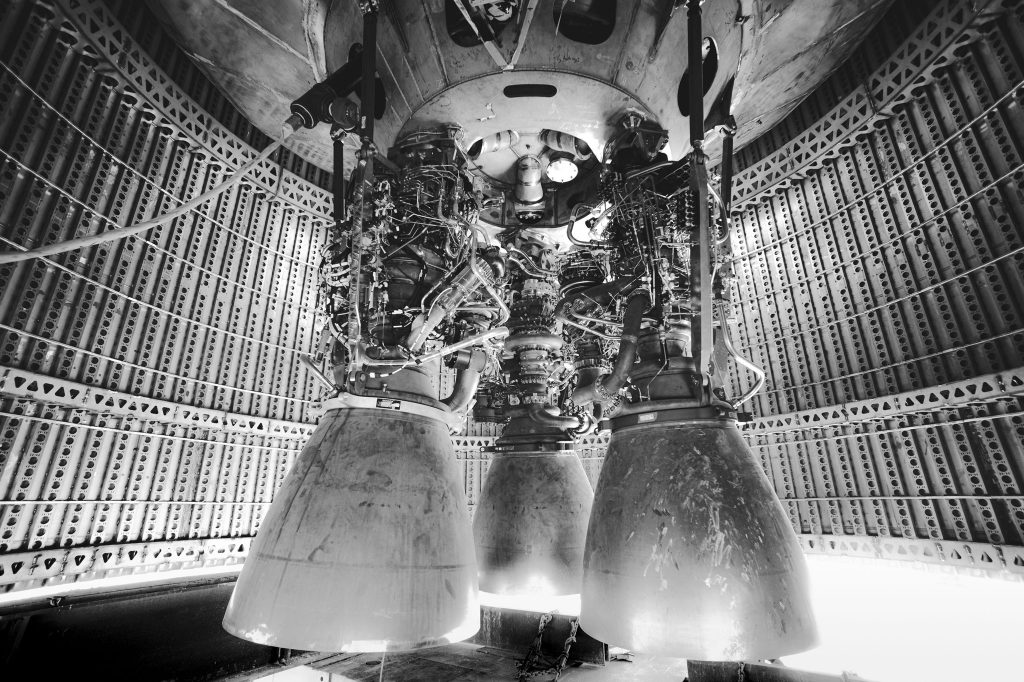
Curiously, SpaceX remained quiet for several days after Starship SN8 passed its first big test. Whereas with past Starship prototypes SpaceX has often filed test plans (appearing in the form of road closures) even before the current phase of testing is complete, the company waited until Tuesday, October 14th to file closure notices for “SN8 static fire” testing.
Same as Starships SN4, SN5, and SN6, all of which successfully graduated from cryo proof to static fire testing (and even flight tests for the latter two), SpaceX began Starship SN8’s test campaign with a cryo proof. It took three days and at least as many attempts but SN8 ultimately “passed cryo proof” according to Elon Musk, likely meaning that the ship reached sustained pressures of 7.5 bar (~110 psi) or more.
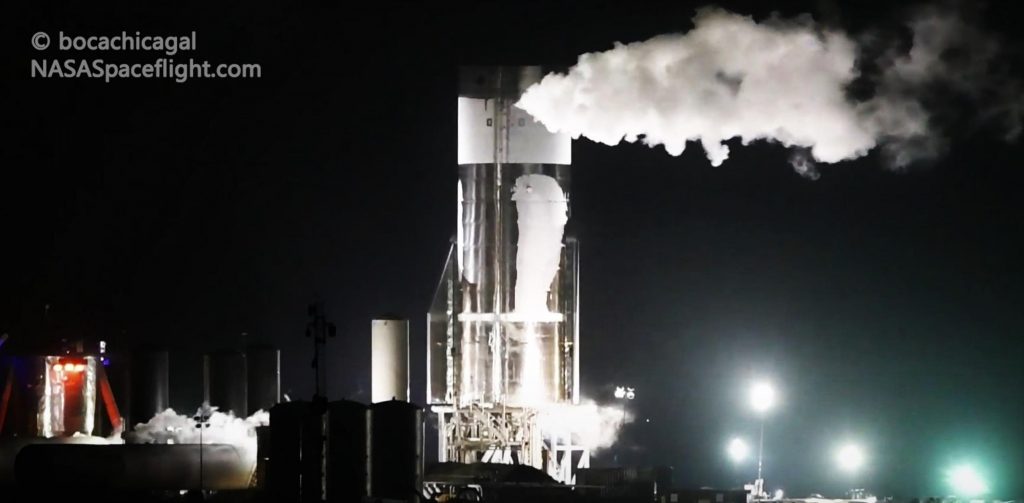
Cryo proof complete, SpaceX installed Starship SN8’s engines – the first time multiple Raptors have been fully integrated with a rocket or test stand – in preparation for another Raptor first: multi-engine static fires. While modern computation fluid dynamics (CFD) and modeling mean that the great unknowns of rocket propulsion are rarely as opaque as they used to be, the first test of multiple powerful engines in close proximity is still a guaranteed recipe for surprises.
Thanks to expertise hard-won from nearly 100 Falcon 9 and Falcon Heavy launches, SpaceX is likely the world’s foremost expert in the challenges and dynamics of the proximity operation of more than two rocket engines. At the same time, though, Raptor is a dramatically different engine than Merlin 1D and while Starship will only have six engines at most, those six engines will produce thrust equivalent to almost two entire Falcon 9 boosters.
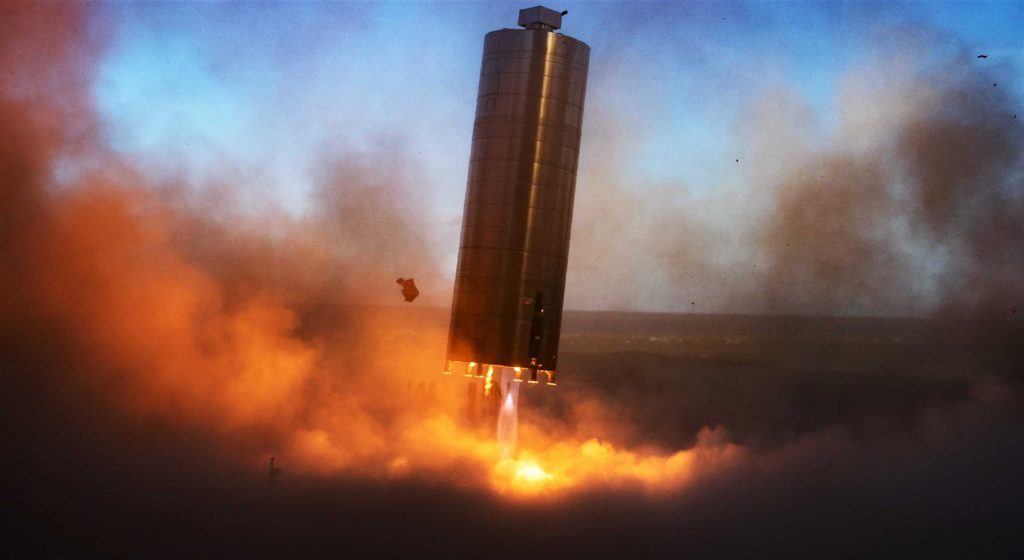
In other words, even with a (relatively) simple three-Raptor static fire, SpaceX will be treading new ground and will almost certainly end up learning one or several things about Raptor’s design and operation. More likely than not, SpaceX will begin Starship SN8’s static fire test campaign with a wet dress rehearsal (like a cryo proof but with real liquid methane and oxygen propellant) and transition into a Raptor spin prime (turbopump spin-up) or preburner test (a turbopump spin-up but with partial combustion) if the WDR goes smoothly. If all three Raptor engines appear healthy, SpaceX may recycle and attempt the first static fire just an hour or two later.
Starship SN8’s triple-Raptor static fire test window opened at 9pm CDT on October 14th and closes at 6am on the 15th, with an identical 9pm-6am backup on the 15th and another window from 8am to 4:30pm on the 16th. LabPadre (below) will continue to offer 24/7 views of Starship, including any static fire testing, while NASASpaceflight.com will likely provide live coverage once testing begins in earnest.

News
Tesla gamifies Supercharging with new ‘Charging Passport’
It will also include things like badges for special charging spots, among other metrics that will show all of the different places people have traveled to plug in for range.
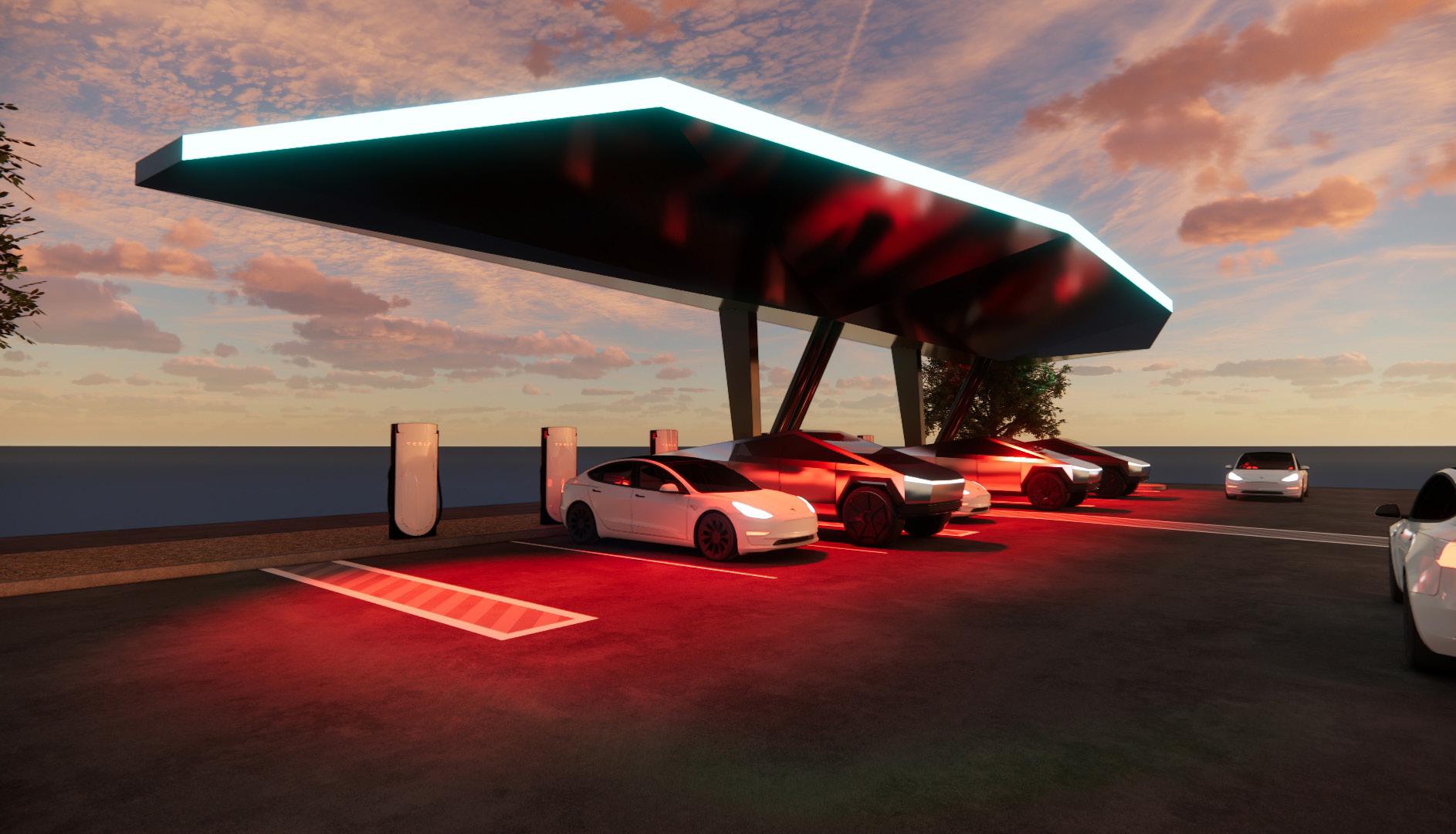
Tesla is gamifying its Supercharging experience by offering a new “Charging Passport,” hoping to add a new layer to the ownership experience.
While it is not part of the Holiday Update, it is rolling out around the same time and offers a handful of cool new features.
Tesla’s Charging Passport will be available within the smartphone app and will give a yearly summary of your charging experience, helping encapsulate your travel for that year.
It will also include things like badges for special charging spots, among other metrics that will show all of the different places people have traveled to plug in for range.
Tesla has just introduced “Charging Passport,” a new yearly summary of your charging.
• Charging badges: Iconic Charging badge (for visiting places like the Tesla Diner, Oasis Supercharger, etc), Explorer badge, green saver badge, etc.
• Total unique Superchargers visited
•… pic.twitter.com/c1DHTWXpj7— Sawyer Merritt (@SawyerMerritt) December 8, 2025
Tesla will include the following metrics within the new Charging Passport option within the Tesla app:
- Charging badges: Iconic charging badges for visiting places like the Tesla Diner, Oasis Supercharger, etc., Explorer Badge, and more
- Total Unique Superchargers Visited
- Total Charging Sessions
- Total Miles Added during Charging Sessions
- Top Charging Day
- Longest Trip
- Favorite Charging Locations
This will give people a unique way to see their travels throughout the year, and although it is not necessarily something that is needed or adds any genuine value, it is something that many owners will like to look back on. After all, things like Spotify Wrapped and Apple Music Replay have been a great way for people to see what music they listened to throughout the year.
This is essentially Tesla’s version of that.
With a handful of unique Superchargers already active, Tesla is also building some new ones, like a UFO-inspired location in New Mexico, near Roswell.
Tesla is building a new UFO-inspired Supercharger in the heart of Alien country
News
Tesla launches its coolest gift idea ever just a few weeks after it was announced
“Gift one month of Full Self-Driving (Supervised), which allows the vehicle to drive itself almost anywhere with minimal intervention.”

Tesla has launched its coolest gift idea ever, just a few weeks after it was announced.
Tesla is now giving owners the opportunity to gift Full Self-Driving for one month to friends or family through a new gifting program that was suggested to the company last month.
The program will enable people to send a fellow Tesla owner one month of the company’s semi-autonomous driving software, helping them to experience the Full Self-Driving suite and potentially help Tesla gain them as a subscriber of the program, or even an outright purchase.
Tesla is going to allow owners to purchase an FSD Subscription for another owner for different month options
You’ll be able to gift FSD to someone! https://t.co/V29dhf5URj
— TESLARATI (@Teslarati) November 3, 2025
Tesla has officially launched the program on its Shop. Sending one month of Full Self-Driving costs $112:
“Gift one month of Full Self-Driving (Supervised), which allows the vehicle to drive itself almost anywhere with minimal intervention. All sales are final. Can only be purchased and redeemed in the U.S. This gift card is valued at $112.00 and is intended to cover the price of one month of FSD (Supervised), including up to 13% sales tax. It is not guaranteed to cover the full monthly price if pricing or tax rates change. This gift card can be stored in Tesla Wallet and redeemed toward FSD (Supervised) or any other Tesla product or service that accepts gift card payments.”
Tesla has done a great job of expanding Full Self-Driving access over the past few years, especially by offering things like the Subscription program, free trials through referrals, and now this gift card program.
Gifting Full Self-Driving is another iteration of Tesla’s “butts in seats” strategy, which is its belief that it can flip consumers to its vehicles and products by simply letting people experience them.
There is also a reason behind pushing Full Self-Driving so hard, and it has to do with CEO Elon Musk’s compensation package. One tranche requires Musk to achieve a certain number of active paid Full Self-Driving subscriptions.
More people who try the suite are likely to pay for it over the long term.
News
Tesla expands Robotaxi app access once again, this time on a global scale
Tesla said recently it plans to launch Robotaxi in Miami, Houston, Las Vegas, Phoenix, and Dallas.
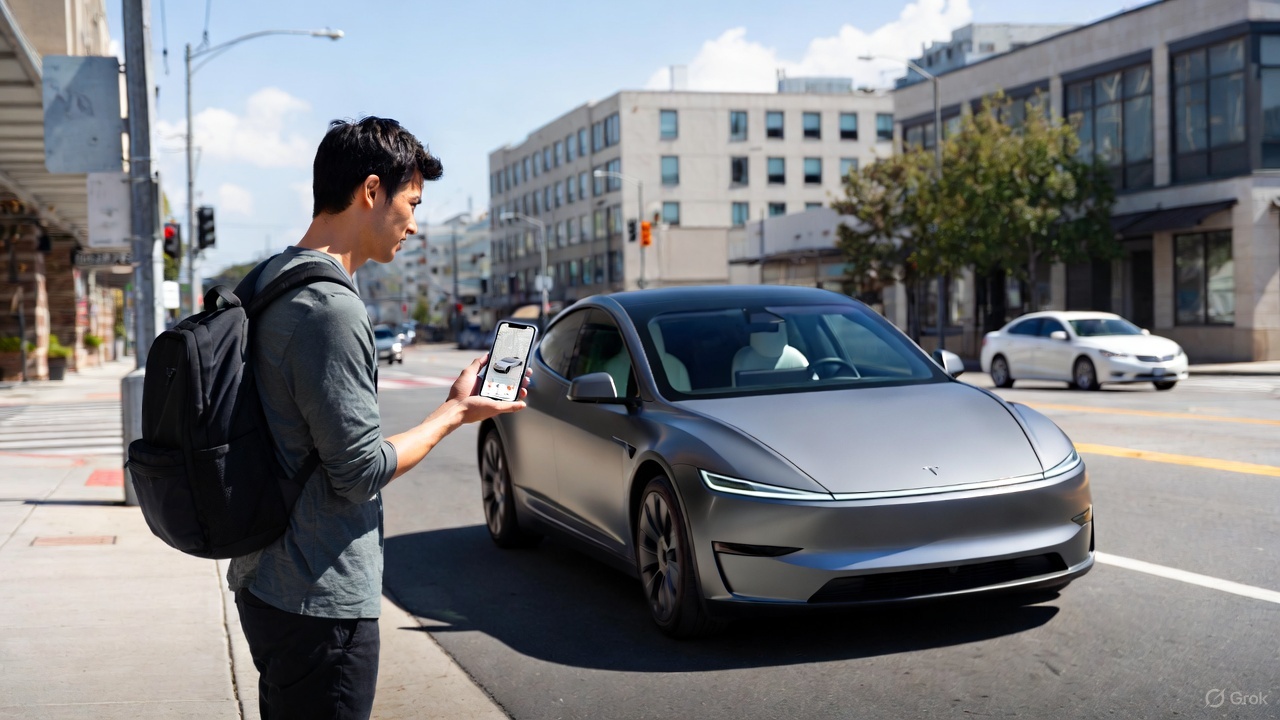
Tesla has expanded Robotaxi app access once again, but this time, it’s on a much broader scale as the company is offering the opportunity for those outside of North America to download the app.
Tesla Robotaxi is the company’s early-stage ride-hailing platform that is active in Texas, California, and Arizona, with more expansion within the United States planned for the near future.
Tesla said recently it plans to launch Robotaxi in Miami, Houston, Las Vegas, Phoenix, and Dallas.
The platform has massive potential, and Tesla is leaning on it to be a major contributor to even more disruption in the passenger transportation industry. So far, it has driven over 550,000 miles in total, with the vast majority of this coming from the Bay Area and Austin.
First Look at Tesla’s Robotaxi App: features, design, and more
However, Tesla is focusing primarily on rapid expansion, but most of this is reliant on the company’s ability to gain regulatory permission to operate the platform in various regions. The expansion plans go well outside of the U.S., as the company expanded the ability to download the app to more regions this past weekend.
So far, these are the areas it is available to download in:
- Japan
- Thailand
- Hong Kong
- South Korea
- Australia
- Taiwan
- Macau
- New Zealand
- Mexico
- U.S.
- Canada
Right now, while Tesla is focusing primarily on expansion, it is also working on other goals that have to do with making it more widely available to customers who want to grab a ride from a driverless vehicle.
One of the biggest goals it has is to eliminate safety monitors from its vehicles, which it currently utilizes in Austin in the passenger’s seat and in the driver’s seat in the Bay Area.
A few weeks ago, Tesla started implementing a new in-cabin data-sharing system, which will help support teams assist riders without anyone in the front of the car.
Tesla takes a step towards removal of Robotaxi service’s safety drivers
As Robotaxi expands into more regions, Tesla stands to gain tremendously through the deployment of the Full Self-Driving suite for personal cars, as well as driverless Robotaxis for those who are just hailing rides.
Things have gone well for Tesla in the early stages of the Robotaxi program, but expansion will truly be the test of how things operate going forward. Navigating local traffic laws and gaining approval from a regulatory standpoint will be the biggest hurdle to jump.








